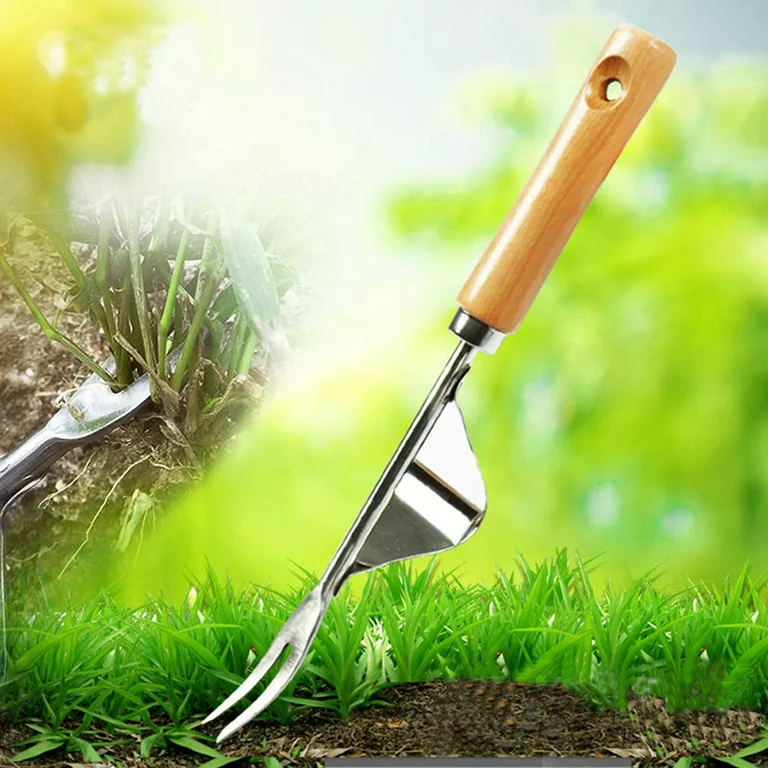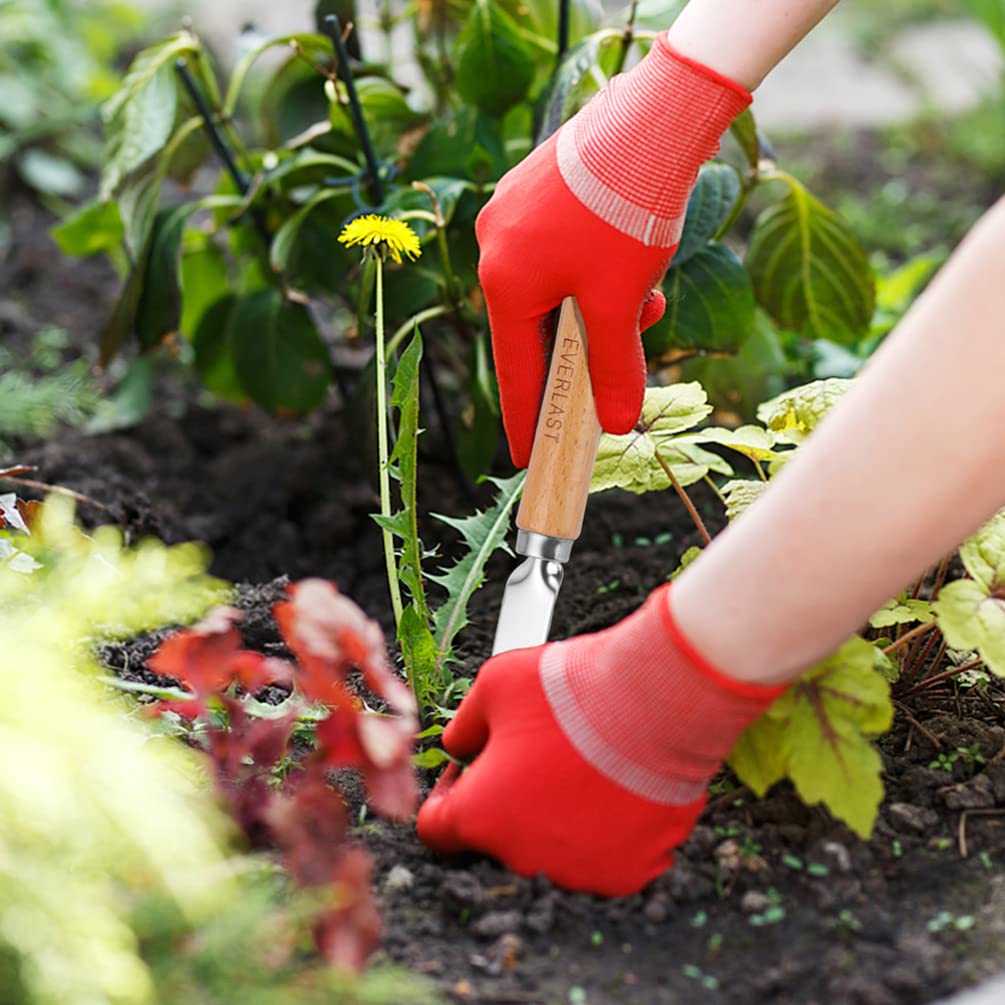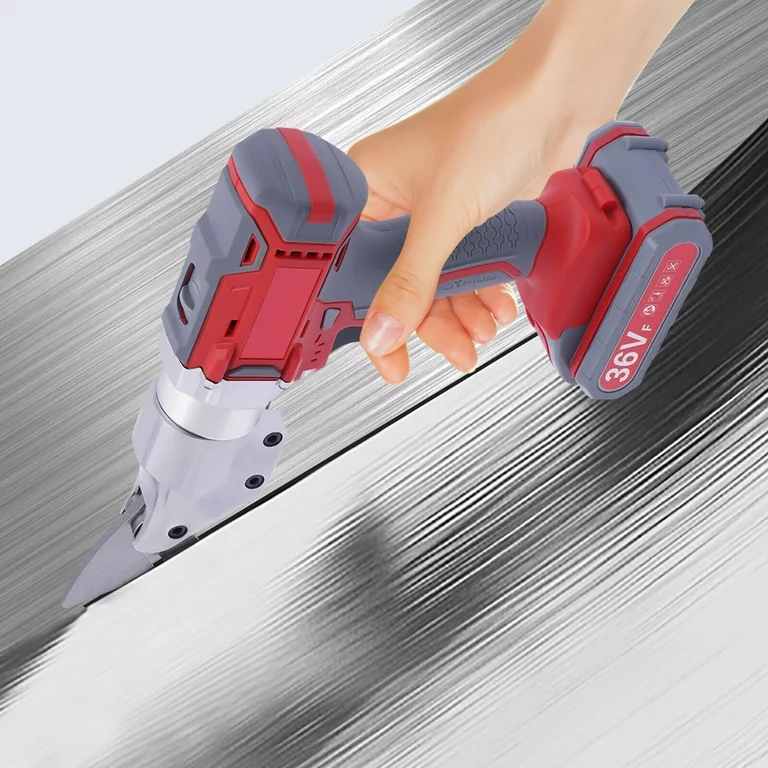
Mastering Garden Maintenance with Hand Weeding Tool
Introduction
Hand weeding tool revolutionize garden maintenance. They remove weeds efficiently and precisely. These tools minimize soil disturbance. Hand weeders protect desired plants effectively. Gardeners rely on these implements for weed control. They prove indispensable in maintaining pristine gardens.
Benefits of Using Hand Weeding Tools
Hand tools allow for targeted weed removal. They minimize damage to surrounding plants. Precision weeding maintains garden aesthetics. It promotes healthy growth of desired plants.Manual weeding decreases reliance on herbicides. It supports organic gardening practices. Reduced chemical use protects beneficial insects. It promotes overall garden ecosystem health.
Hand weeding tool minimize soil disturbance. They preserve soil structure effectively. Maintained soil health supports plant growth. It encourages beneficial microbial activity.Weeding by hand provides light exercise. It offers a connection to the garden. Physical activity improves overall well-being. Gardening promotes stress relief and mindfulness.
Types of Hand Weeding Tools
Hand Cultivators
Hand cultivators feature multiple tines. They loosen soil around weeds. These tools work well for shallow-rooted weeds. Cultivators suit general garden maintenance.
Hori Hori Knives
Hori hori knives offer versatility. They combine cutting and digging functions. These tools excel in removing deep-rooted weeds. Hori hori knives suit various gardening tasks.
Dandelion Weeders
Dandelion weeders have forked tips. They target tap-rooted weeds effectively. These tools minimize soil disturbance. Dandelion weeders suit precise weed removal.
Cape Cod Weeders
Cape Cod weeders feature L-shaped blades. They slice weeds at the soil surface. These tools work well in tight spaces. Cape Cod weeders suit careful gardeners.
Fishtail Weeders
Fishtail weeders have V-shaped ends. They leverage weeds out of the ground. These tools work well on various weed types. Fishtail weeders suit diverse garden needs.
When to Use Hand Weeding Tools
Target weeds when they’re young. Young weeds have weaker root systems. Early intervention prevents weed establishment. It reduces future weed problems significantly.Use hand tools near delicate plants. They allow careful maneuvering between plants. Precision tools prevent damage to desired vegetation. They maintain garden layout integrity.
Remove individual weeds from lawns. Hand tools prevent grass damage. Spot treatment maintains lawn uniformity. It complements broader lawn care strategies.Weed container gardens with hand tools. They suit the confined spaces of pots. Container weeding maintains plant health. It preserves the aesthetic appeal of potted displays.
Remove weeds before applying mulch. Clean beds ensure mulch effectiveness. Thorough weeding extends mulch benefits. It creates a polished garden appearance.
Key Features of Hand Weeding Tools
Blades come in stainless steel or carbon steel. Stainless steel resists rust effectively. Carbon steel maintains sharpness longer. Choose blade material based on garden conditions.Handles vary in length and material. Short handles offer precision in tight spaces. Long handles reduce bending for comfort. Ergonomic designs minimize hand fatigue.
Weight impacts user comfort and tool effectiveness. Lighter tools suit extended use periods. Heavier tools may offer more leverage. Balance weight with intended use and user strength.Blade shapes determine weeding technique. Pointed blades excel at precision work. Flat blades suit surface weeding. Choose blade shape based on common weed types.
Proper Hand Weeding Techniques
Use knee pads or a garden seat for low weeding. Keep back straight when standing. Alternate between kneeling and standing. Proper posture prevents strain and fatigue.Hold weeds near their base. This technique removes more of the root. It reduces regrowth potential. Grasping low ensures more effective weed removal.
Apply consistent pressure while weeding. Avoid jerky or forceful motions. Let the tool’s design guide the movement. Controlled actions ensure thorough weed extraction.Weed after rainfall or watering. Moist soil releases weeds more easily. It reduces effort and increases efficiency. Timing improves overall weeding effectiveness.
Collect removed weeds in a container. Dispose of seeding weeds in trash, not compost. Proper disposal prevents weed spread. It maintains garden cleanliness.
Maintenance Tips for Hand Weeding Tools
Remove soil from blades and tines. Rinse tools to prevent rust formation. Dry implements thoroughly before storage. Regular cleaning extends tool lifespan.Maintain sharp edges on cutting tools. Use a file or sharpening stone. Sharp blades increase weeding efficiency. Regular sharpening reduces required effort.
Apply lubricant to hinges and joints. This practice prevents rust and stiffness. Oiling ensures smooth tool operation. Regular maintenance improves tool performance.Keep tools in a dry environment. Hang implements to prevent damage. Cover metal parts to prevent rust. Proper storage maintains tool quality between uses.
Check for loose handles or damaged parts. Replace worn components promptly. Regular inspections prevent unexpected breakages. They ensure tools remain safe and effective.

Common Hand Weeding Tool Problems and Solutions
Tighten loose handle connections promptly. Replace handles if wood splits occur. Ensure secure attachment for safe operation. Well-maintained handles enhance user control.Remove rust with wire brushes or sandpaper. Apply rust-inhibiting paint to affected areas. Store tools in dry conditions to prevent rust. Regular maintenance prevents extensive rust damage.
Sharpen dull blades with appropriate tools. Replace blades if they won’t hold an edge. Maintain sharpness for efficient weeding. Sharp tools reduce required effort significantly.Replace tools with broken or missing tines. Avoid using damaged cultivators. Intact tines ensure effective soil manipulation. Proper tool condition improves weeding results.
Environmental Considerations
Consider tools made from sustainable materials. Look for handles made from recycled plastics. Choose tools with minimal packaging. Sustainable choices reduce environmental impact.Use hand weeding as part of integrated pest management. Combine with mulching and proper plant spacing. This approach reduces chemical interventions. It supports garden ecosystem balance.
Hand weeding tool minimizes soil disturbance. It preserves soil structure and biology. Careful weeding maintains soil health. It supports long-term garden sustainability.Compost non-seeding weeds when possible. This practice returns nutrients to the soil. It reduces green waste in landfills. Composting supports closed-loop garden systems.
Hand Weeding in Different Garden Types
Vegetable Gardens
Use precision tools between crop rows. Hand weed carefully around young plants. Regular weeding improves crop yields. It reduces competition for nutrients and water.
Flower Beds
Choose tools that maneuver between delicate plants. Weed gently to protect shallow roots. Consistent weeding enhances floral displays. It maintains neat, attractive beds.
Rock Gardens
Select tools that reach between rocks. Remove weeds completely to prevent regrowth. Careful weeding preserves rock garden designs. It maintains the unique aesthetic of these gardens.
Native Plant Gardens
Weed selectively in native plant areas. Identify and preserve desirable volunteer plants. Gentle weeding supports natural ecosystem development. It balances maintenance with biodiversity goals.

Seasonal Approach to Hand Weeding
Spring Preparation
Remove overwintered weeds promptly. Prepare beds for new plantings. Spring weeding sets the stage for healthy growth. It prevents early weed competition.
Summer Maintenance
Conduct regular weeding sessions. Focus on weed seed prevention. Summer weeding maintains garden aesthetics. It reduces weed pressure throughout the season.
Fall Cleanup
Remove late-season weeds before seeding. Prepare garden beds for winter. Fall weeding reduces spring workload. It improves garden appearance during dormant months.
Winter Planning
Assess and maintain weeding tools. Plan next season’s weed management strategy. Winter preparation ensures readiness for spring. It supports effective year-round garden care.
Ergonomic Considerations for Hand Weeding
Choose tools with comfortable grips. Look for ergonomic handle shapes. Comfortable tools reduce hand fatigue. They encourage more frequent weeding sessions.Switch hands periodically while weeding. Alternate between kneeling and standing. Position changes reduce repetitive strain. They improve overall weeding endurance.
Employ kneeling pads for low weeding tasks. Use garden seats for extended sessions. These accessories reduce joint stress. They improve comfort during prolonged weeding.Lift with legs, not back, when removing large weeds. Keep loads close to the body. Proper lifting prevents injury. It ensures safe, effective weed removal.
Conclusion
Hand weeding tools offer indispensable benefits to gardeners. They provide precise, environmentally friendly weed control. Proper tool selection and use optimize garden health. Understanding weeding techniques enhances overall gardening success. With the right approach, hand weeding becomes an integral part of creating beautiful, thriving gardens.



